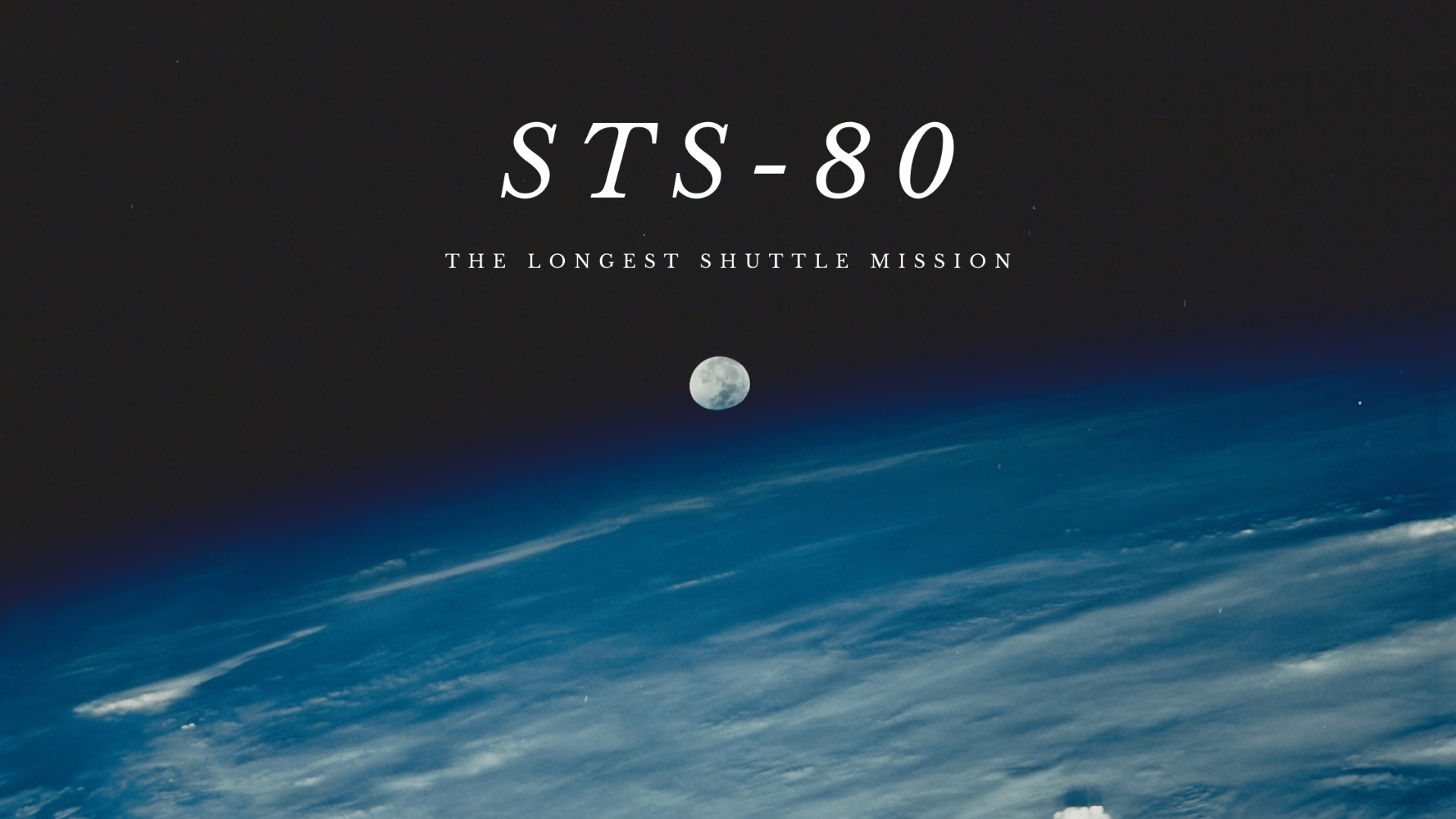
STS-80: THE LONGEST SPACE SHUTTLE MISSION
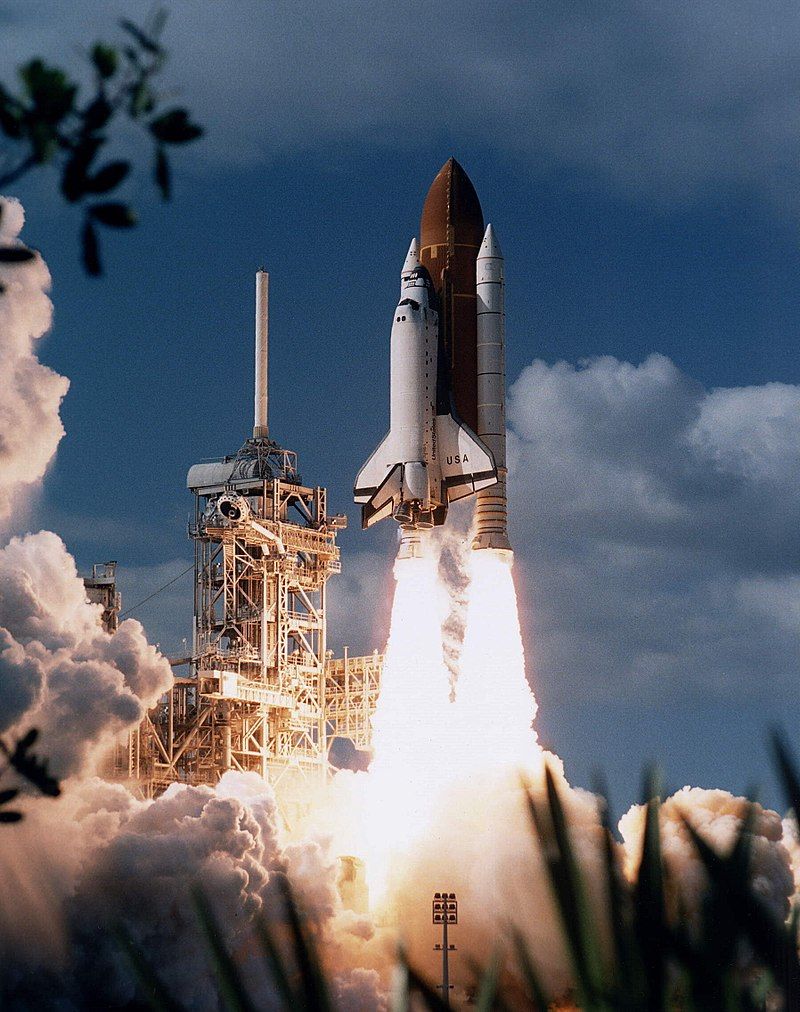
The launch for STS-80 was initially scheduled for October 31, 1996, but it was delayed to November 19 for several reasons. The changeout of STS-79 boosters with those slated to fly on STS-80 and the delay of STS-79 liftoff first threatened the launch. Preparations for Hurricane Fran in early September halted STS-80 booster stacking operations in the Vehicle Assembly Building (VAB), prompting mission managers to reschedule the launch date to November 8. At Flight Readiness Review (FRR) on October 28, mission managers declined to formalize the launch date pending analysis of STS-79 booster nozzles' erosion. At Delta FRR on November 4, the launch date changed to no earlier than November 15 to allow engineers more time to complete the nozzle erosion study. At follow-up, FRR November 11, November 15 set as the official launch date, pending a commercial Atlas launch November 13. The launch was postponed two days later to November 19 due to the Atlas launch's scrub and predicted terrible weather in the vicinity for several days.
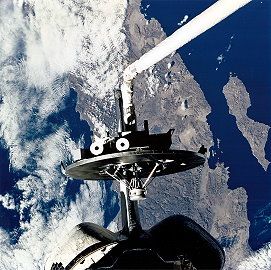
STS-80 deployed two satellites and successfully recovered them after they had performed their tasks. On flight day one, the Orbiting and Retrievable Far and Extreme Ultraviolet Spectrometer-Shuttle Pallet Satellite II (ORFEUS-SPAS II) was deployed and began data-gathering for two weeks and was recaptured on flight day sixteen. The three main scientific instruments on ORFEUS-SPAS II were the ORFEUS-Telescope with the Far Ultraviolet Spectrograph and Extreme Ultraviolet Spectrograph. The secondary payload was the Interstellar Medium Absorption Profile Spectrograph. Non-astronomy payloads on ORFEUS-SPAS included the Surface Effects Sample Monitor, the ATV Rendezvous Pre-Development Project, and the Student Experiment on ASTRO-SPAS.
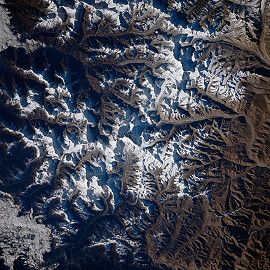
Wake Shield Facility-3 (WSF-3) was deployed on flight day four. WSF is a 12-foot diameter, free-flying stainless steel disk designed to generate an ultravacuum environment to grow semiconductor thin films for advanced electronics use. The third flight was highly successful, with a maximum of seven thin film growths of semiconductor materials achieved and satellite hardware performing near-flawlessly. WSF-3 retrieved after three days of free-flight.
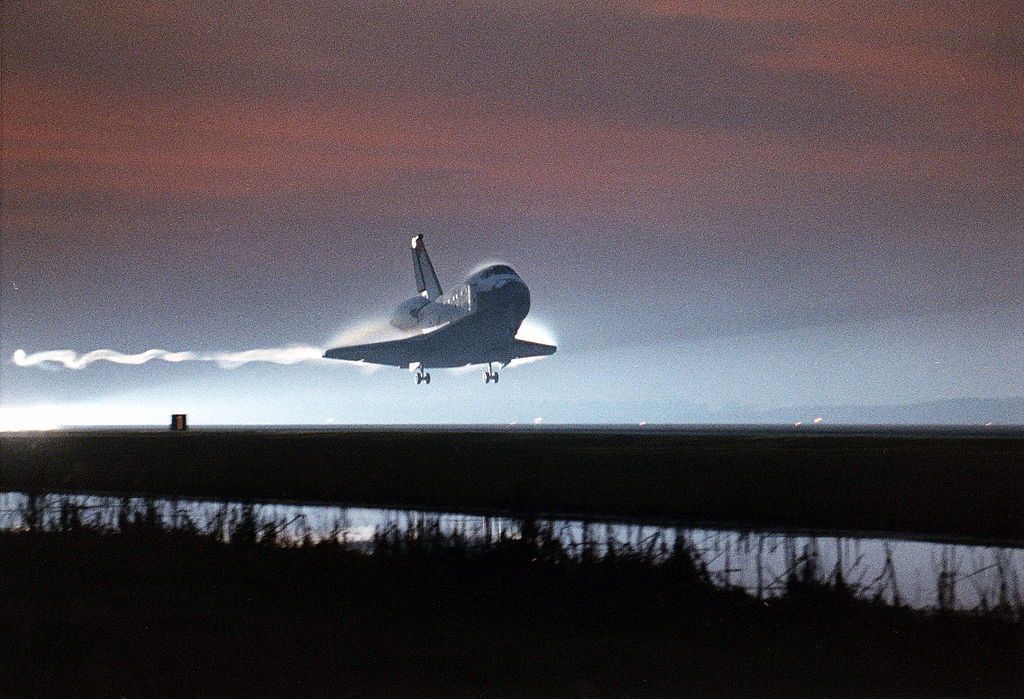
The landing, which was initially scheduled for December 5, was pushed back to December 7 after bad weather prevented landing for two days. STS-80 was the longest Space Shuttle mission ever flown, officially lasting 17 days, 15 hours, and 53 minutes. During STS-80, Story Musgrave became the only person to fly on all five Space Shuttles, the oldest man to travel to space — later surpassed by John Glenn — and tied the record for number of spaceflights, of which he had 6.
